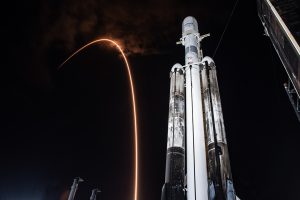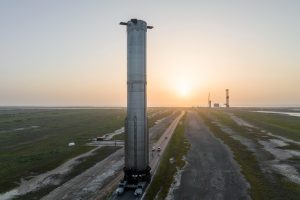It appears that the United States Air Force is also starting to see the value of Elon Musk’s Starlink satellite internet system. Starlink was one of the options the US Air Force in Utah tested last week as a possible means to improve communications capabilities and support the operations of the F-35A Lightning II.
According to the US Air Force, the tests were aimed at evaluating and exploring high-speed communications in remote locations. After all, the flow of information is critical in a wartime environment, as highlighted by the performance of Starlink in Ukraine. Starlink has helped Ukraine stay connected to the internet amidst the Russian invasion, a factor that officials state has helped save numerous lives.
As per a press release, the 388th Fighter Wing’s Operations Support Squadron utilized Elon Musk’s satellite internet system to “connect an F-35 deployed debrief facility (housing an Autonomic Logistics Information System server stack) and looped back into the Air Force network’s ‘central point of entry’ for F-35 supply chain and logistics.” This was made possible with the aid of cyber teams from Air Combat Command and Combat Communications.
Starlink’s tests with the US Air Force seem to be successful. The Air Force noted that the 388th Fighter Wing saw connection speeds that were about 30 times faster than current milsat systems during its weeklong tests. The compact nature of the satellite solution was also highlighted, with the US Air Force noting that a Starlink dish was linked to a gateway router that can be fitted into the F-35A’s travel pod.
Its stellar performance aside, the US Air Force noted that what really made Starlink stand out was the fact that the system is simple and easy to set up — so much so that virtually any Airman can be trained to set up the entire satellite solution in less than ten minutes. This was something that was highlighted by 1st Lt. Corbin Meredith of the 388th Operations Support Squadron.
“Really, what we want to have is options for communications. We don’t have the infrastructure in every possible location, but with this, we could go to SATCOM or cellular LTE and then go to offline capabilities as a last resort. The fact that anyone can be trained to set it up gives us more manpower options and brings another element to creating Multi-Capable Airman,” Meredith noted.





